Bull thistle
August 24, 2015
Cirsium vulgare (Savi) Tenore
Life cycle
Erect, spiny biennial.
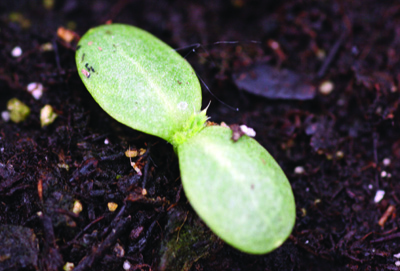
Bull thistle seedling.
Leaves
First-year leaves originate from a basal rosette, followed by an erect, branched, flowering stem in the second year. Seedlings have egg- to spatula-shaped cotyledons and oval, oblong to spatula-shaped leaves with bumpy surfaces and marginal spines. Mature leaves are alternate, lance-shaped, deeply cut or lobed, with long, stiff spines. Leaves have coarse hairs above and soft, cottony hairs below.
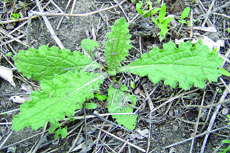
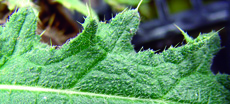
Bull thistle rosette (left). Coarse hairs of bull thistle (right).
Stems
Spiny-winged, hairy stems elongate during the second year, often branched up to 7 feet tall.
Flowers and fruit
Red to purple, usually solitary flower heads consisting of only disk flowers are 1 to 2 inches wide and encircled by spine-tipped bracts. The seed is enclosed in a single-seeded, chili- pepper-shaped, wind-disseminated fruit.
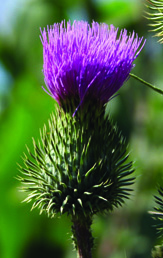
Bull thistle flower head.
Reproduction
Seeds.
Similar weeds
Canada thistle [C. arvense (L.) Scop.] Differs by having a prolific, patch-forming perennial nature with a deep, creeping root system; leaves with smooth, dark green upper leaf surfaces and irregularly lobed to crinkled, spiny margins; and smaller (less than 1-inch wide) pink to purple flower heads with spineless
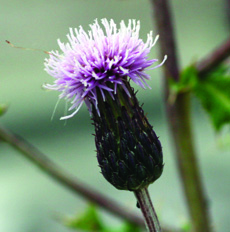
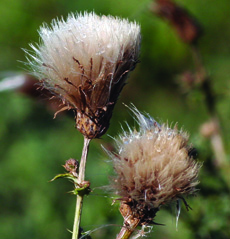
Canada thistle flower head (left). Canada thistle mature flower.
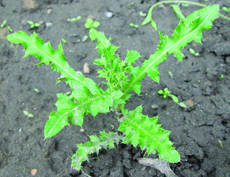
Canada thistle plant.
Print a PDF of this page: Bull thistle



 Print
Print Email
Email



